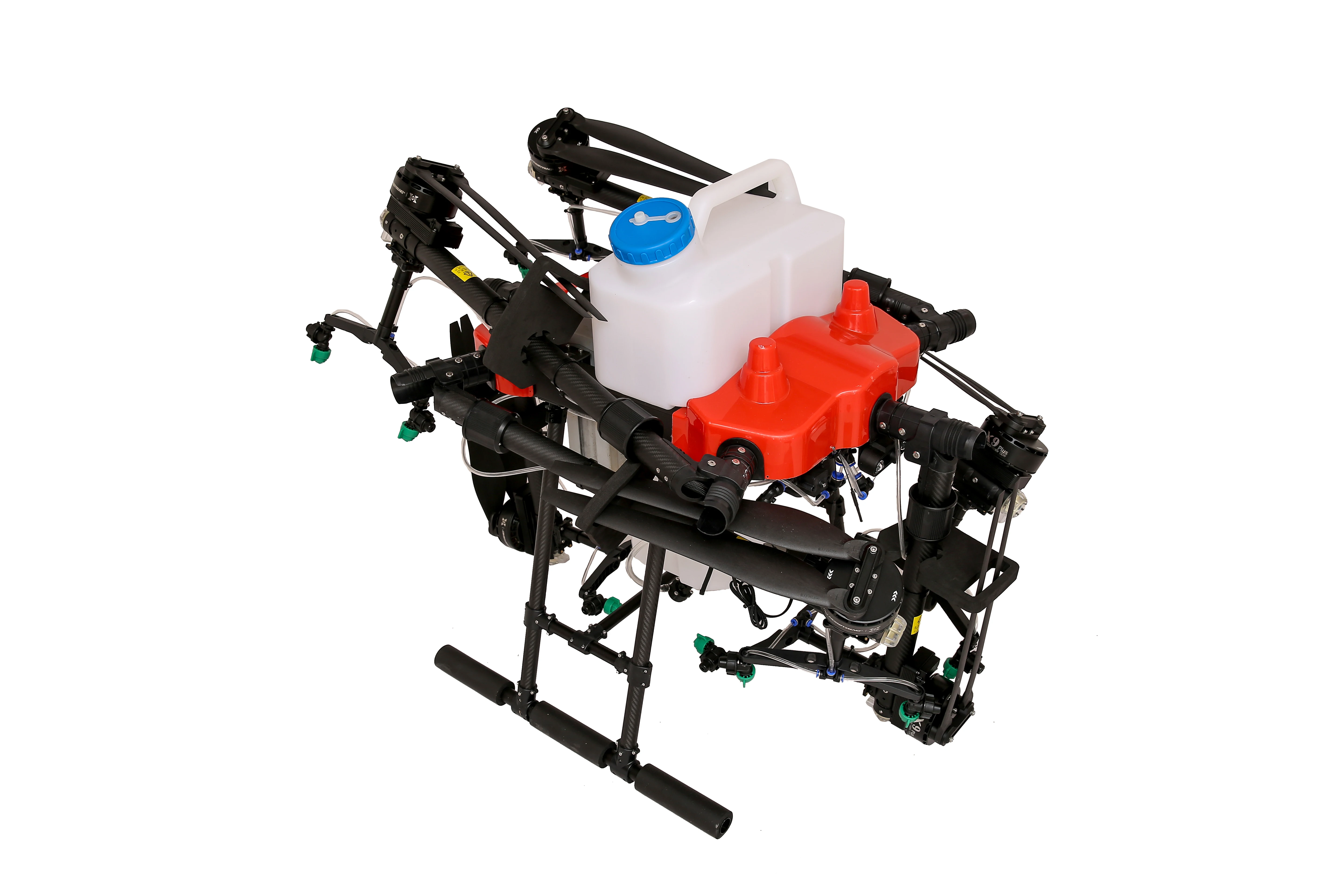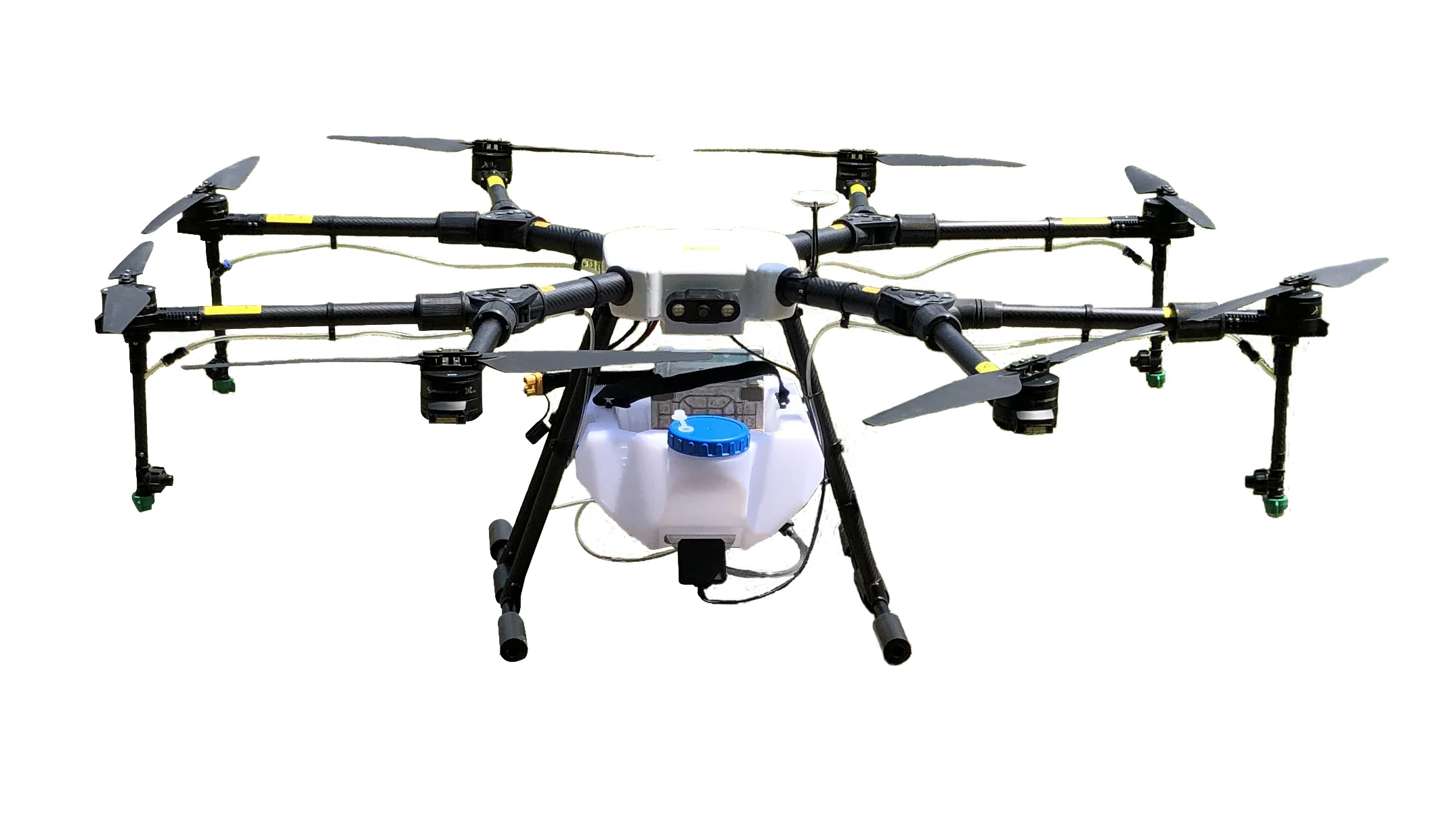The evolution of agriculture drone technology has been remarkable, transforming basic aerial photography into advanced aerial imaging that significantly impacts farming practices. Initially, drones were used for simple surveying; however, technological advancements have expanded their capabilities, enabling more precise data collection and crop monitoring. This shift has influenced agricultural methods by providing farmers with detailed insights, leading to improved land management and crop yield optimization.
Precision farming emerged as a significant development with the introduction of drones, showing substantial growth in adoption among farmers. By employing drones equipped with advanced sensors and imaging technologies, farmers can now monitor crop health and manage resources more efficiently. According to a survey by Reuters, the adoption of agricultural drones has seen a noticeable increase globally, reflecting a rise from 5% in 2015 to over 30% in 2023. This growth underscores how drones have become integral to modern agriculture.
Furthermore, continuous technological advancements are enhancing drone capabilities, supporting precise crop monitoring and data gathering. Innovations such as improved user interfaces and advanced operational features make it easier for farmers to leverage drones for various agricultural applications. Enhanced sensors, automation, and AI-driven analytics allow drones to provide real-time, actionable insights, substantially improving farm productivity and sustainability. These developments indicate a progressive shift towards smarter and more efficient farming practices, driven by the ongoing evolution of agriculture drone technology.

Advanced sensors and imaging technologies have significantly transformed agriculture drones, enabling more precise assessments of crop health. Modern agricultural drones now employ multispectral and hyperspectral sensors, which provide detailed information about plant health by capturing data across different electromagnetic spectrum bands. This capability allows farmers to detect issues such as pest infestations and nutrient deficiencies at early stages. Imaging technologies like the Normalized Difference Vegetation Index (NDVI) further enhance decision-making by offering visualizations of crop vigor. These advancements have led to improvements in efficiency; for instance, a study indicated that using such sensors can increase crop yields by up to 20% due to targeted interventions (Source: SNS Insider).

The ability to process data in real-time is a significant innovation in agriculture drone technology. This advancement allows drones to provide actionable insights immediately, helping farmers make timely decisions that improve crop management. Companies like DJI and John Deere have integrated real-time analytics into their drones, which are now capable of processing complex data sets as they operate. For instance, implementing real-time data processing has reduced the time taken for data-driven decisions on irrigation by approximately 30%, leading to more efficient water usage and improved crop health (Source: SNS Insider). These developments underscore the critical role of real-time analytics in enhancing agricultural productivity.

Integration with the Internet of Things (IoT) is revolutionizing agriculture drones, leading to smarter farming practices. IoT devices interact seamlessly with drones to enhance data collection and analysis, resulting in improved resource management and environmental monitoring. This synergy allows for precise adjustments in irrigation, fertilization, and pest control, optimizing resource allocation. According to industry analysts, the adoption of IoT in agriculture is expected to increase by 15% annually, driven by the need for more efficient farming techniques amid climate challenges. Future projections suggest that IoT could further enable predictive analytics, providing deeper insights into crop performance and potential threats.
Drones play a pivotal role in enhancing crop monitoring and health assessment. Their ability to detect pests and diseases at early stages significantly improves intervention measures. According to a study from DJI Agriculture, drones have managed more than 500 million hectares of farmland, highlighting their effectiveness in pest detection and crop monitoring. By allowing early intervention, drones lead to better yield outcomes, with farmer testimonials and statistics verifying this trend. For example, pesticide spraying over durian orchards in Thailand reduced chemical usage by 20-30%, showcasing their versatility across various crops. This adaptability not only enhances precision in farming but also sustains agricultural productivity.

Drones are central to precision agriculture, optimizing the use of vital agricultural inputs. They help farmers efficiently manage resources like water, fertilizers, and pesticides. Case studies, such as those from Australia, demonstrate substantial resource savings—drone use reduced chemical usage by up to 51% in targeted weed spraying. Moreover, the water conservation efforts resulted in up to 88% savings over agave farms in Mexico. Looking forward, drones offer global opportunities for sustainable agriculture practice, aligning with worldwide sustainability goals. These outcomes emphasize the potential for widescale implementation of drone technology in resource management.
The adoption of drones in agriculture leads to significant cost savings and increased productivity. By reducing labor costs and enhancing operational efficiency, drones offer tangible financial benefits to farmers. Reports highlight that savings of over $60 USD per hectare were realized on Mexican agave farms. Additionally, sustained use of drones translates to long-term productivity increases, evident in improved final sugar yields in South African sugarcane farms, which rose by up to 1.78 tons per hectare. These financial and productivity gains underscore drones' transformative impact on modern agriculture.
TYI's Factory Sale 6-Axis 17L Drone is engineered for effective use in modern agriculture, offering robust capabilities that make it an asset for farmers. This drone is equipped with a 4K camera for high-resolution imaging, enabling detailed crop monitoring and health assessments. The integration of GPS functionality enhances precision in navigation and operation, ensuring efficient resource management and data collection in agricultural fields. Early adopters have praised the drone's user-friendly design and operational consistency, which improves overall farm management.

The Factory Sale 8-Axis 10L Agricultural Sprayers Drone is designed to optimize crop spraying and management with its advanced technological features. Its 8-axis design ensures stability and precision, while the sprayer's technology minimizes waste by ensuring uniform application, covering more ground efficiently. This drone significantly contributes to precision agriculture by reducing manual intervention and enhancing operational speed. Users have noted its effectiveness in real-world scenarios, citing improved pest management and resource efficiency as key benefits.

The adoption of agriculture drones faces significant regulatory and technical challenges. Current regulatory frameworks are struggling to keep up with the rapid advancements in drone technology. Compliance with airspace, privacy, and safety regulations can be cumbersome for farmers and businesses seeking to incorporate drone services in agriculture. Technical hurdles such as limited battery life, insufficient payload capacity, and concerns over data security further complicate the landscape for agriculture drone implementation.
Experts recommend robust collaborations between industry stakeholders and regulatory bodies to streamline drone certification processes and improve technology development. Advancements in battery technology and encryption can be pivotal in addressing these technical challenges. Overcoming these obstacles is crucial to foster a broader adoption and integration of drones into agricultural practices, ultimately optimizing farm management, improving yields, and revolutionizing drone agriculture services.
Drone swarms hold the potential to transform large-scale farming operations by providing a scalable and efficient solution for crop management. In a swarm, multiple drones work collaboratively, which enhances their capabilities in monitoring large tracts of farmland simultaneously. Pilot projects have demonstrated successful implementations, showcasing real-time data collection and analysis that greatly assist in precision farming efforts.
Future projections suggest that drone swarms will become increasingly cost-effective, providing a viable alternative to traditional farming methods. As the technology matures, the scalability of drone swarms could lead to significant reductions in labor costs and increased operational efficiency. Industry innovators continue to explore these prospects, promising a future where agriculture drones become an integral component in the global farming landscape.
 Hot News
Hot News